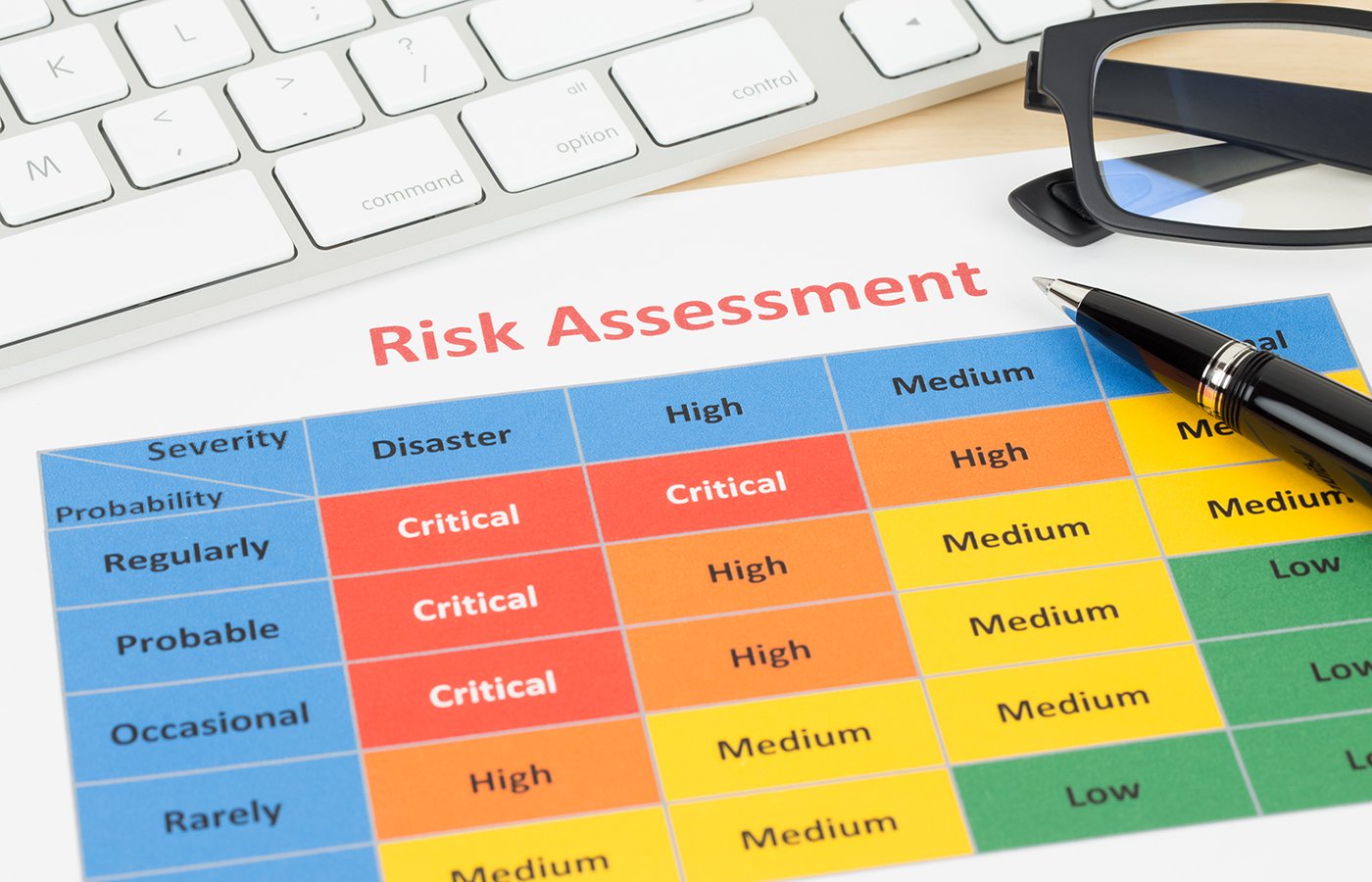Strategy
Friday, April 12, 2024
By Stu Bradley
Fraud prevention is much like working behind the scenes of a Broadway show. The stage crew labors behind the velvet curtain to ensure a seamless experience, shining lights, moving props and managing every backstage detail. Their diligence goes almost entirely unnoticed – unless, of course, something disrupts the show. Deliver a consistently poor experience at the theater, and the audience may walk out for good.
Like theater-goers’ expectations of a flawless production, consumers have high expectations of financial institutions and other businesses to seamlessly protect them from fraud – even though most don’t understand exactly what happens behind the scenes. According to a recent consumer fraud study by SAS, based on a survey of 13,500 adults in 16 countries:
Financial institutions (FIs) in particular would be wise to heed consumers’ shifting attitudes. One-third of survey respondents reported that their financial providers don’t inform them of the ways they are being protected against identity theft, account takeover and other financial frauds. Despite FIs not wanting to tip their hand to the bad actors, that’s a startling gap when you consider 89% of consumers are clamoring for stronger safeguards.
Meeting clients’ expectations means taking appropriate action, both behind the scenes and on stage – in the back and front office, that is. Here are ways firms can set the stage for anti-fraud success.
Even as fraud modalities continue to grow in sophistication, too many anti-fraud professionals direct their firms’ defenses by trying to anticipate the next big scam. Unfortunately, this approach simply devolves into an endless cycle of running in circles.
Stu Bradley of SAS: “More than keeping regulators happy.”
Firms address one issue with a specific technology or solution, the next issue with another technology or solution, and so on. This inevitably results in a siloed approach to fraud detection and unnecessary complexity in the overall data and analytics ecosystem. Organizations find themselves buckling under the weight of their IT infrastructures, yet the agility to respond to evolving fraud modalities remains out of reach. They’re wasting time, eroding profitability and, worst of all, putting their customers at greater risk.
Executives often ask, “What do we need to look out for next?” They should ask instead, “What do we need to be more agile?”
Agility comes from taking a more holistic approach to fraud detection – and to risk management more broadly. That starts with establishing an effective, cloud-native data ecosystem. Think about data orchestration and the ability to flexibly tap a variety of internal and third-party data sources to quickly detect and respond to evolving threats.
Then think about decision-making across the enterprise. Deploying an integrated, AI-powered decisioning architecture can unify firms’ core risk management functions – not only around fraud prevention, but including credit risk decisioning, anti-money laundering compliance, model risk management and more.
Through a single platform, leveraging the same data, firms can extract greater value from their IT investments while affording customers flexible, more robust anti-fraud protection.
Generative AI (GenAI) rocketed into the public consciousness in 2023, sweeping artificial intelligence out of the exclusive realm of IT departments and into the spotlight. It also gave criminals easy, inexpensive access to advanced tools for committing fraud. The public has quickly been thrust into an environment where even the most sophisticated consumer can be fooled by skillful scammers. Aural deepfakes can replicate the voices of loved ones or trusted business contacts, with realistic verbiage that adapts to interactions. We can no longer believe what we hear or read.
The financial services sector has a duty to step into this breach. Consumer fraud education serves multiple purposes. It keeps clients savvy and can help them recognize interactions with a fraudster before they clear an irreversible, expensive transaction. It also fosters consumer confidence at a time when becoming a trustworthy voice in fraud and AI education presents a once-in-a-generation opportunity to showcase leadership in a fast-developing space.
This is also an opportunity to lead by example. In advancing their own AI capabilities, institutions should assess their operational readiness and internal skills to use AI responsibly before deploying an AI solution. As touched upon previously, a firm’s ability to succeed with advanced analytics is only as good as its foundational data ecosystem.
With greater regulation on the horizon, understanding the downstream impacts of AI models is also crucial. In March, the European Parliament adopted the EU AI Act, the world’s first comprehensive AI regulation, and the U.S. is making its own strides.
Per President Biden’s recent Executive Order on AI, organizations must use AI in a trustworthy manner – from model development to testing to deployment – taking care to protect consumers from the discriminatory impacts of potentially biased data and models. The order encourages the federal government to “enforce existing consumer protection laws and principles and enact appropriate safeguards against fraud, unintended bias, discrimination, infringements on privacy and other harms from AI.”
More than keeping regulators happy, embracing the tenets of responsible innovation – and keeping customers informed – could help firms build loyalty with their customer base. Standing ovation!
Anti-fraud professionals have long understood they must strike a balance between fraud protections and their inherent frictions. The silver lining for financial firms and other businesses is that most consumers are willing to sacrifice some convenience for stronger safeguards. Three-quarters of the SAS survey respondents said they would agree to more delays and checks in transactions for better fraud protection.
The study also revealed that consumers are more open to sharing personal data than previously thought. Seven in 10 indicated a willingness to share more personal data (e.g., location, behavior, etc.) with service providers on the basis that the information is used to enhance anti-fraud defenses.
Additionally, many would prefer to use biometrics over fixed passwords. Eight in 10 expressed willingness to use such methods as facial recognition, hand geometry, retinal identification or voice recognition for payments and transactions. A majority (57%) actually prefer to use unique identifiers like biometrics to authenticate at the time of transaction over remembering fixed passwords.
In short, anti-fraud professionals can overcome their fear of disrupting the customer experience with fraud alerts and multi-factor authentication. Consumers are more than a passive audience. They are willing to play a role in improving fraud detection and would applaud additional visibility into how they’re being protected.
Even as consumers signal increased fraud vigilance, GenAI and deepfake technology are helping fraudsters hone their multitrillion-dollar craft. Phishing messages are more polished. Imitation websites look stunningly legitimate. A crook can clone a voice with $5 and a few seconds of audio using simple online tools.
We’ve entered a Dark Age of Fraud, where firms will scramble to make up for lost time in AI adoption. To optimally protect their customers, however, they’ll also need to become anti-fraud advocates and educators, trustworthy AI leaders, and custodians of agile risk management architectures. When organizations put their behind-the-scenes anti-fraud efforts in the spotlight, they stand to steal the show in gaining consumer trust, growing in profitability and enhancing their reputations.
Stu Bradley is Senior Vice President of Risk, Fraud and Compliance Solutions at SAS. The views expressed in this article are his own.
•Bylaws •Code of Conduct •Privacy Notice •Terms of Use © 2024 Global Association of Risk Professionals




